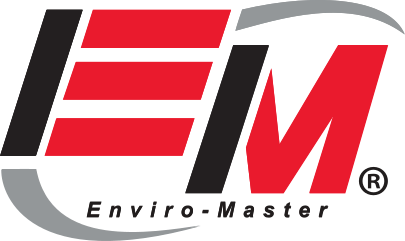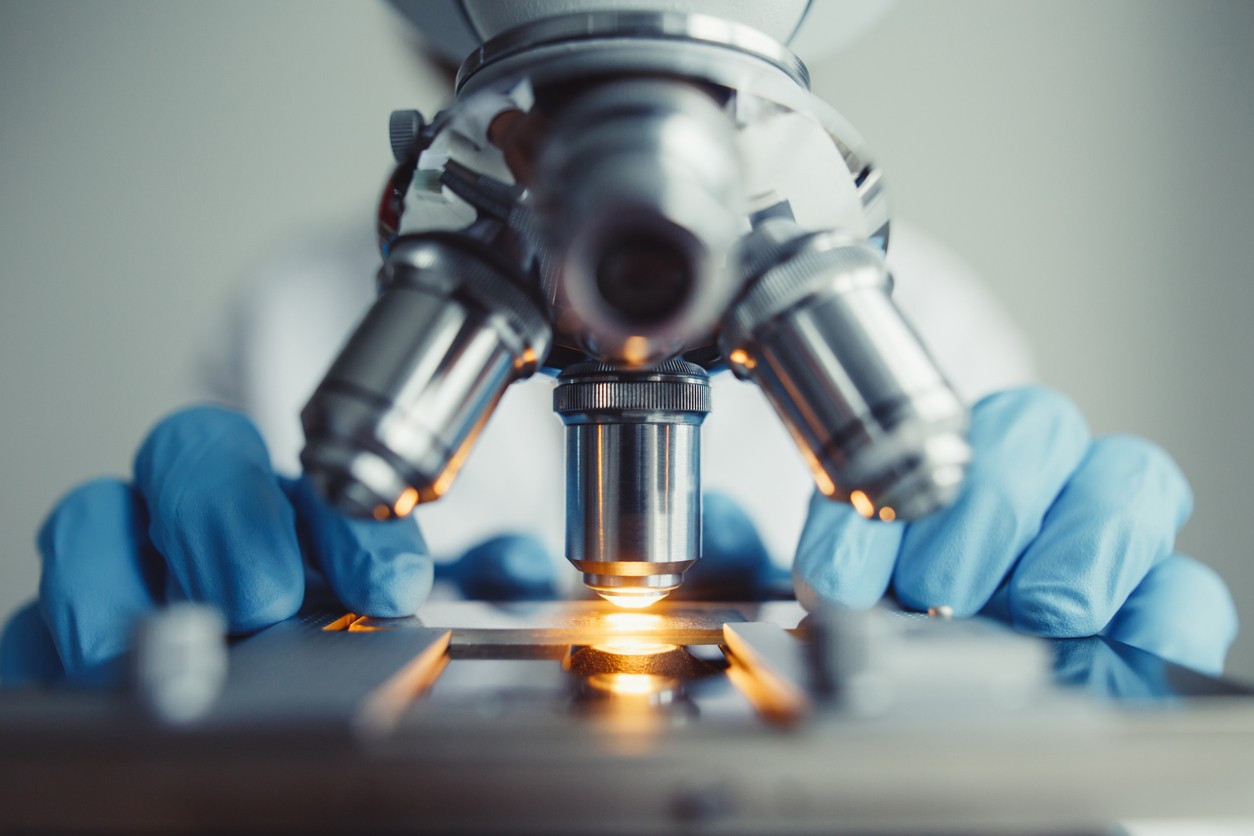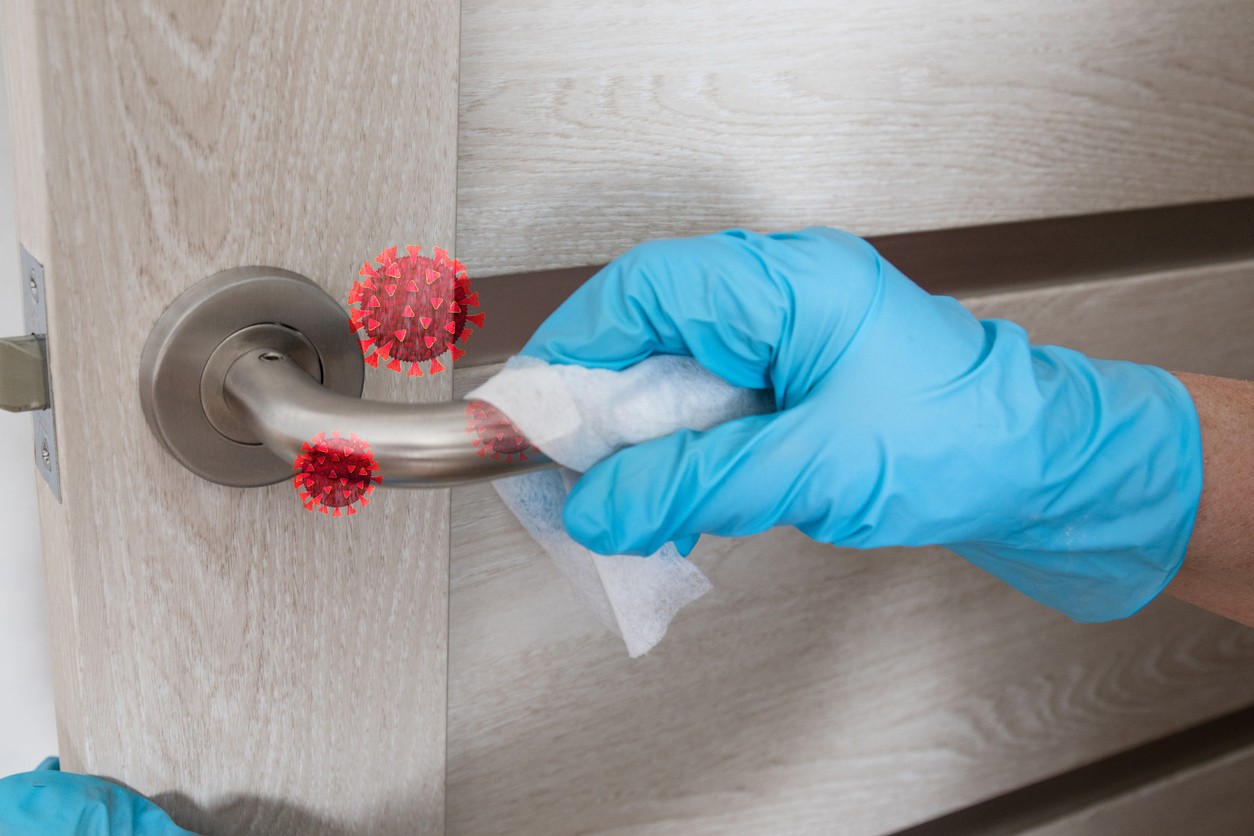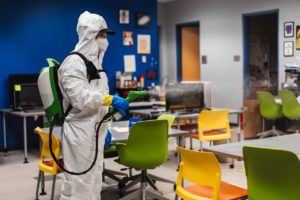Surface cleanliness is a vital part of reducing the spread of bacteria and other germs. As the CDC has outlined, keeping public areas clean is more important than ever. Although clean surfaces are important in any setting, some environments require high levels of cleanliness . Manufacturing facilities, medical facilities, food preparation facilities, and other commercial spaces have strict requirements when it comes to the cleanliness of surfaces . While disinfecting and cleaning surfaces in these facilities is standard, it doesn’t necessarily guarantee the right level of cleanliness . To accomplish this, facilities use different methods of measuring how clean surfaces are. This provides a more accurate way to determine if current cleaning procedures are meeting standards or if the cleaning process needs to be modified.
Methods to Measure Surface Cleanliness
Facilities have several methods to consider using in order to measure surface cleanliness . The right method or methods to use vary, depending on the type of facility, the cleanliness level needed, and other factors. For example, some methods are able to detect cleanliness at levels of 0.1 grams of soil per square centimeter. Other methods are used to detect cleanliness below 1 microgram per square centimeter, which is the highest level. This level is often required for highly sensitive surfaces, such as medical devices and semiconductors. Methods for detecting cleanliness between 0.01 and 0.001 grams per square centimeter are used in a wide range of environments, such as automotive facilities and electrical facilities.
Methods that are suitable for detecting 0.01 grams per square centimeter include:
- Visual inspection
- Low power microscope inspection
- Wiping inspection
- Water break tests
- Atomizer tests
- Nonvolatile residue inspection
- Surface UV fluorescence detection
- Tape test
Methods that are suitable for detecting between 0.01 and 0.001 grams per square centimeter include the following:
- Contact angle measurement
- Surface energy tests
- Optical microscopy
- Gravimetric analysis
- Extraction
Methods that can be used for detecting below 1 microgram per square centimeter include the following:
- Electron spectroscopy for chemical analysis
- Scanning electron microscopy
- Fourier transform infrared
- Carbon coulometry
- Ion chromatography
The following provides a closer look at some of these methods of measuring surface cleanliness :
1. Visual Inspection
Examining surfaces with the naked eye , also known as a visual assessment , is a simple and direct method to determine if surfaces are clean. This method is used at the end of cleaning procedures . However, this method has its limitations. Some surfaces can only be visually inspected for residue when they are wet rather than dry. The distance between an inspector and a surface area can also affect the accuracy of this method.
2. Low Power Microscope Inspection
Low power microscopes can be used for quality control purposes in some environments. These microscopes can detect certain levels of cleanliness , but a more powerful tool is needed to test surfaces that need to meet higher levels.
3. Wiping Inspection
Wiping inspections can provide a straightforward way to determine the cleanliness of surfaces . Surfaces leave a clean trace when wiped if no contaminants are present. A surface profile that is not clean shows the presence of dirt or other contaminants.
4. Water Break Tests
Water break tests are used to detect how clean metal surfaces are. This test involves dipping surface material in water and withdrawing it vertically or spraying surfaces with water. The way the water reacts determines how clean surfaces are. Water break tests can be used to check for the presence of certain contaminants on metal surfaces. These tests can also be used to test metal surfaces after painting, etching, or other surface processes have been performed.
5. Atomizer Tests
Atomizer tests can be used to check for hydrophobic organic contamination on surfaces in processing facilities. These tests can also be used to detect non-wetting or hydrophobic films. Atomizer tests have limitations when they are used on certain types of surfaces, such as porous or rough surfaces.
6. Nonvolatile Residue Inspection
According to Mettler Toledo, Nonvolatile residue inspection is used to determine how pure a solvent is and measure micro-contamination on surfaces. This method involves having an organic solvent evaporate, then measuring the residue left behind. This type of test can be used on different kinds of surfaces, including chemical, medical device, electronic, and pharmaceutical. It can also be used for environmental testing and water quality testing. This is an important test to determine cleanliness in order to reduce the risk of contamination or decreased product quality.
7. Surface UV Fluorescence Detection
Surface UV fluorescent detection is used to check for the presence of chemical substances on surfaces. This type of test has a wide range of uses in different industries, including biopharmaceutical, pharmaceutical, biotech, quality control labs, food and beverage, and quality assurance labs. This test uses high performance liquid chromatography to find and identify chemical substances on surfaces.
8. Tape Test
Tape tests can be used to check for dust or other particles on surfaces. This is often used in manufacturing facilities when the presence of dust on surfaces can have a profound impact on product quality. This test involves using certain types of adhesive tape and a magnified hand lens to check for particles.
9. Contact Angle Measurement
Contact angle measurements are performed with the use of optical or force tensiometers. These tests offer a highly sensitive, real time approach to detecting contaminants on surfaces. Contact angle measurements can be used to determine how effective cleaning solutions or cleaning processes are. When contaminants are present on surfaces, a higher contact angle is found. Lower contact angles on surfaces indicates a clean surface .
10. ATP Testing
An adenosine triphosphate (ATP) or ATP test is used to measure how clean surfaces are in the food industry, although it can be used in other environments as well. For example, an AAA inspector may use this method to check the cleanliness of hotel surfaces in the hospitality industry. ATP bioluminescence tests check for the presence of living cell organisms, such as staphylococcus aureus , on surface preparation or distribution areas. The presence of biological material can indicate that these surfaces are contaminated and require thorough disinfection. ATP testing checks the aerobic colony count on surfaces to determine cleanliness as well. This type of testing is done using a tool called a luminometer, which gives results using relative light units or RLU values .
Importance of Maintaining Clean Surfaces
Whether you have food preparation surfaces, restrooms, exercise equipment, or other common areas and surfaces in your business, keeping them clean on a regular basis is essential. Customers and employees touch surfaces throughout the day, leaving germs and other surface contaminants on them. These can then spread to other people, resulting in illnesses. Maintaining a clean environment at all times can help reduce the spread of germs and provide you with repeat business from customers. Employees are also more likely to have higher morale when they work in a clean and sanitary environment.
In some cases, maintaining clean surfaces is an important safety measure. For example, food preparation areas must be kept clean to reduce the risk of food contamination. Medical offices and hospitals need to have clean surfaces to help protect vulnerable patients from becoming severely ill. Medical devices and other equipment must be sterilized and disinfected frequently to eliminate germs. Manufacturing companies must maintain cleanliness throughout the production process to reduce the risk of contamination when products hit the market. Ensuring the cleanliness of surfaces is an important factor in protecting consumers, workers, and other individuals from illness
Clean surfaces can also reduce the risk of injuries. For example, having clean floors that are free of debris helps protect workers in the production line from slipping and falling in manufacturing facilities. Having tile surfaces and other surfaces cleaned regularly can reduce workplace injuries, as well as injuries to customers.
How Enviro-Master Can Keep Your Surfaces Clean
Surface cleaning is crucial for many businesses and other facilities, but it’s not always easy to find time to do this. Enviro-Master can help your business or facility maintain cleanliness on a regular basis with our professional cleaning services. Our cleaning team can bring non-toxic cleaning products and the right cleaning equipment to your facility or business on a routine basis or in order to deep clean as needed. Our services are designed to offer a convenient and effective way for business and facility owners to keep surfaces as clean as possible. From protecting workers during the manufacturing process in factories to ensuring a clean environment for preparing food in restaurants, we’re here to provide reliable commercial cleaning.
Our services include:
- Electrostatic spraying services for surface treatment that eliminates germs
- Tile and grout cleaning to remove debris from these surfaces
- Drain cleaning to keep drains clear of debris and odors
- Hand hygiene program to reduce the spread of germs
- Restroom and hygiene services to keep each restroom fixture and surface clean
- Paper management to restock paper towels and toilet paper
Our cleaning experts can help you decide which cleaning services are needed in your business or facility. We provide our expert services to a variety of industries. With our help, you can set a schedule for cleaning that meets your needs. To get more information on our commercial cleaning services and schedule a consultation with our cleaning team, please contact Enviro-Master today.




